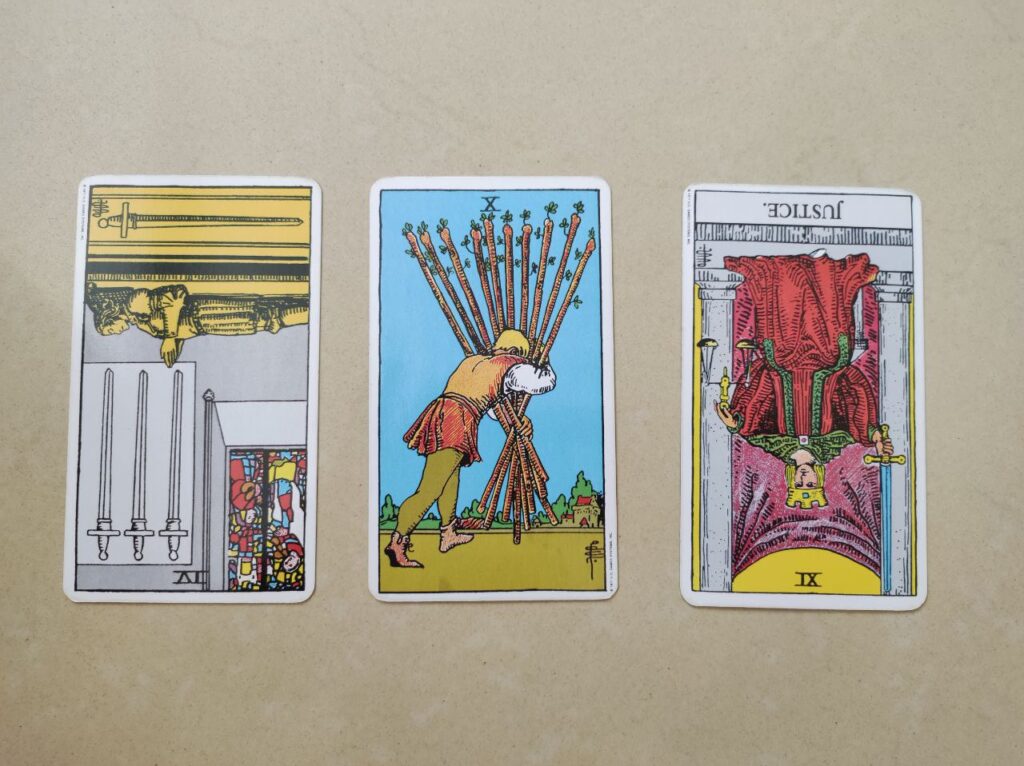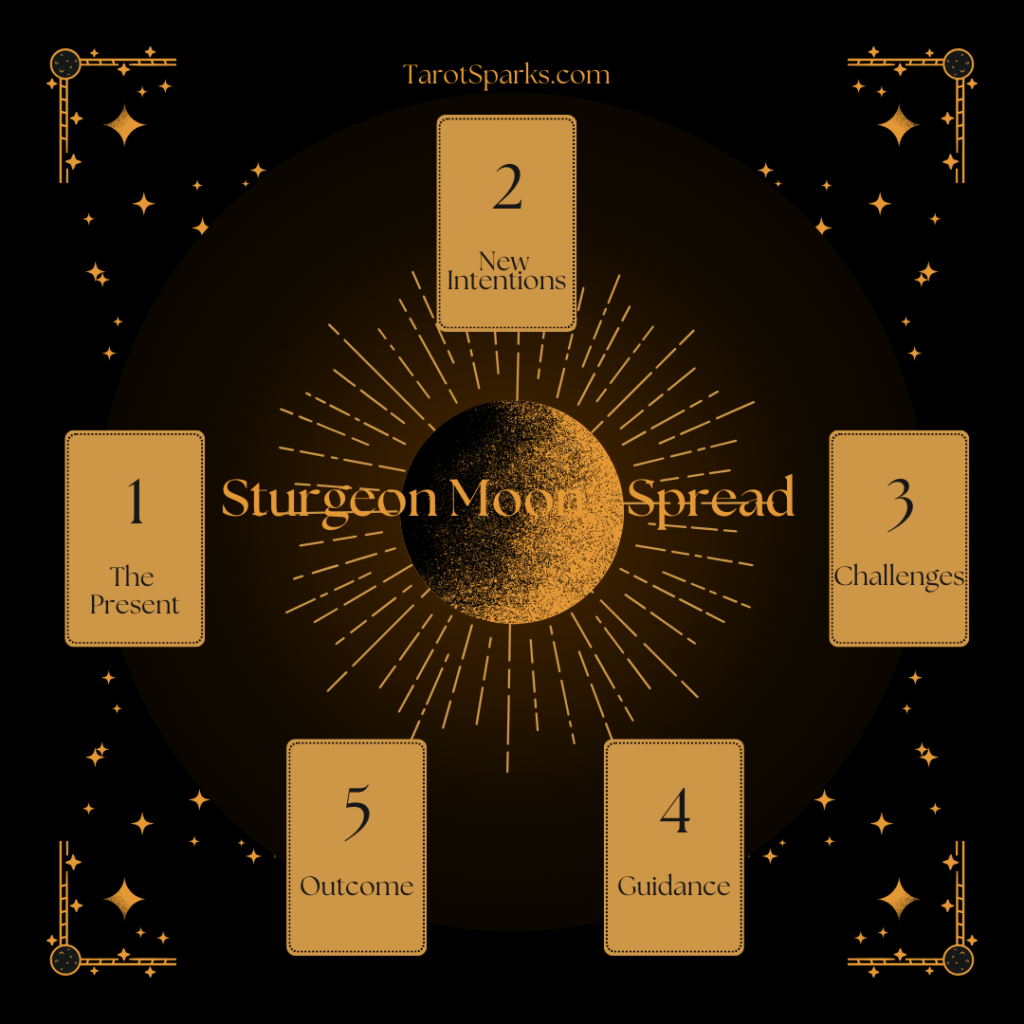They had taken the risk.
Made the call, sent the letter, booked the ticket.
Now they stood looking out — not with doubt, but with quiet confidence.
The hard part was done. The pieces were in motion.
There was nothing left to push, only to trust.
And as the horizon stretched ahead, they didn’t ask if something was coming.
They asked, how big will it be?
…
I had a great chat with a Tarot yesterday and I wanted to share this conversation with you, so you I can prove once again that the Tarot is a great companion and adviser, and “someone” you can have a great chat with.
So, a friend want to sell his apartment in a popular European city. It’s in the middle of a super touristic area, a stone throw from the beach, 5th floor with a lift (a lift in this area is a big deal as there are mainly old buildings without possibility of installing a lift in the neighborhood), and a beautiful cozy private terrace above the apartment with some sea view. Only 30m2 though, a small, but great place for singles or couples. The family loves the place, but is unfortunately too small for a growing family of 4. All in one, a great property, awesome location, and well maintained, basically this part of the building is only 20 years old. However, the prices in this city (and everywhere else) are crazy and the market stands still. Still, he wants to sell, and wants to buy something bigger, but he isn’t sure what price tag he should put on. He can afford to wait a bit, but still doesn’t want to be unrealistic to the point he can’t sell the property. So, we decided to ask the Tarot for advice.

